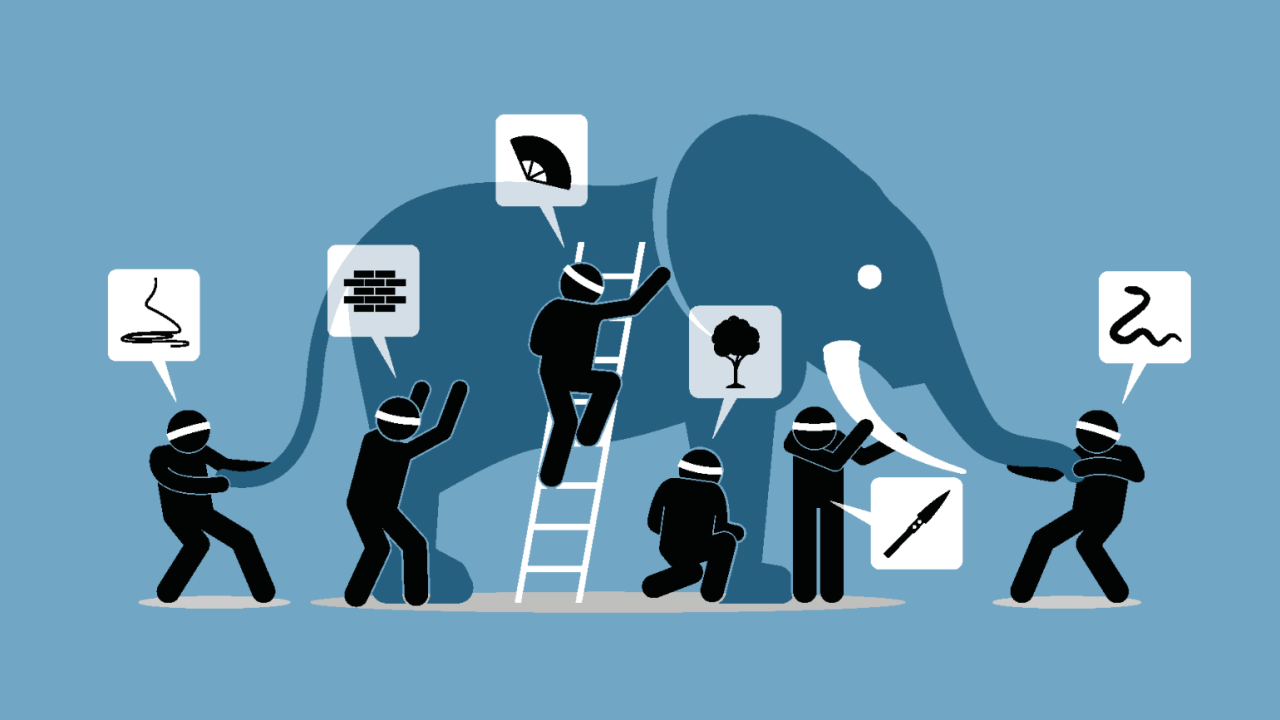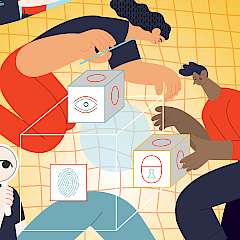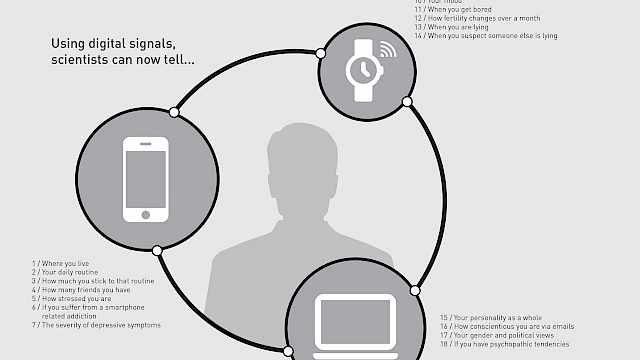Military members, along with security forces and first responders, face pressures and demands in their work that are nearly unparalleled in other professions and that may threaten or undermine their resilience. Amid growing mental and behavioral health concerns and a continued rise in deaths by suicide among active-duty military members, the U.S. Department of Defense and various service branches have launched a myriad of initiatives designed to cultivate and strengthen resilience, defined as the ability to withstand, recover and grow in the face of stressors and changing demands (CJCSI 3405.1, 2011),across the forces.
While much of the effort within the military has historically centered on personal resilience, a task force I lead at Air University, sponsored by the Air Force Office of Resilience, has recently expanded the focus to include key perspectives, approaches, and theories of resilience from a range of academic fields and to examine individual, social, and organisational dimensions of resilience. The task force includes faculty and students who engage in a year-long project to identify best practices for creating cultures of resilience and community across the Air Force, military and DOD. Resilience speaks to the health and well-being of individuals, organisations, and communities; to their capacity to maintain core purpose, adapt, and perhaps even thrive in the wake of adversity. Not something that only some people ‘have’ while others do not, nor something we generate solely and continuously on our own (Buzzanell, 2018), resilience is enacted in and through mindful practices, communication and social connection that enhance our ability to carry on and,in the military context, achieve mission goals, in the face of disruption, loss, or disaster.
The Utility of a Communication Perspective
In recent decades, important advances across a variety of scholarly disciplines have emerged to guide the study, teaching, and practice of resilience. Within the burgeoning field of resilience work, one approach that may hold particular promise is a communication perspective on resilience. A communication perspective considers communication an essential force in defining social reality, focusing on both the processes and effects of communicative messages. It suggests that communication shapes how we engage in meaning-making, forge and maintain relationships, create shared practices, negotiate social reality, and understand ourselves in relation to others. This perspective offers frameworks for understanding resilience that differ from the clinical or social psychological approaches that are also included in our group’s examination, drawing upon theories that emphasise the socially constructed nature of sensemaking and that underscore the importance of cultivating healthy communication practices in managing multi-faceted and unpredictable interaction, especially following disruption or catastrophe. Below I offer a brief description of three communication theories that offer significant contributions to understanding and developing resilience.
The Theory of Resilience & Relational Load (TRRL) was developed by Afifi, Merrill, & Davis (2016) to explain and predict why some people, families and groups demonstrate resilience in the face of adversity while others do not. The theory is informed by two basic principles: that people are social beings who need to feel connection to others, and that individuals’ stress trajectories are affected by those with whom they share a relationship. TRRL explores the role of relationship maintenance as essential to managing stress and strengthening resilience, and examines communication patterns that both reflect and affect stress, personal and relational health, and resilience. The theory suggests that although individuals may experience chronic stress, continuous investment in relationships in specific identified ways can help mitigate the effects of this stress and – importantly – that these strategies can be learned and developed. In studies involving close relationships, the theory has demonstrated that communal orientation and reserves of ‘emotional capital’ serve to strengthen resilience before, during and after disruptions occur. While it has been tested largely in families and romantic partnerships, TRRL holds promise for application to other kinds of close relationships, including the intensely communal bonds typically shared by military members.
The Communication Theory of Resilience (CTR), Buzzanell (2010, 2018) situates resilience in human interaction, drawing upon processes that involve multilayered systems of adaptation and transformation over time. CTR argues that resilience involves five key communicative processes that individuals and groups use to foster productive change after adversity and seeks to explain how people employ discursive and material resources to create a ‘new normal’ after loss, trauma or disruption. These processes include crafting normalcy, through interaction, rituals and story-telling, e.g., deliberately focusing on productive action while backgrounding negative feelings; affirming identity anchors (the ways individuals describe themselves in relation to others); maintaining and utilising communication networks for support; and developing alternative logics (in a sense, reframing) to make sense of, and adapt to, radically changed circumstances. The theory, which emerged from research involving a variety of contexts including job loss, military deployment in families, loss of loved ones, and chronic illness, offers pragmatic ways to understand and leverage communication and social connection in strengthening resilience among families, groups, organisations, and communities.
Often described as a practical theory with a critical edge, the Coordinated Management of Meaning (CMM) Theory proposed by Barnett Pearce and Vern Cronen (1980) focuses on resources and practices that people can cultivate to construct and engage healthy patterns of communication in an attempt to create better social worlds. As described by Robyn Penman (2014): "CMM theory is premised on what is called a communication perspective that orients the practitioner or researcher to look directly at the patterns of communicating, rather than looking through communication to its outcomes." The Cosmopolitan Communication model (Pearce, 1989), deriving from CMM, offers approaches and strategies designed to engage difference and bridge gaps in culture and communication in order to achieve effective interaction among diverse people and groups. Cosmopolitan Communication both requires and enhances the capacity for perspective-taking, thereby equipping individuals and groups with tools to create space for shared understandings -- if not always agreement or approval -- within interaction and relationships. The model holds particular promise for the U.S. military given its ethnic, gender and religious diversity, among other dimensions. Deliberate and mindful effort is required to leverage these differences while establishing common purpose in building effective teams (Whitt and Steen, 2021) – an indispensable part of military readiness (Goodwin, Blacksmith, & Coats, 2018).
Emergent Findings
As our ‘deep dive’ into the important subject of resilience has progressed, some notable conclusions have emerged. One is that, like adversity, resilience is not one-size-fits-all and rarely occurs along a linear trajectory; people may respond very differently to the same traumatic events, with sense-making and appraisal playing key roles in the process. Another is that resilience is not a ‘one-and-done’ outcome but a process that develops over time, drawing continuously upon resources, practices and skills derived through and after loss, disruption, trauma, or disaster. We have learned that social connection plays a compelling role and, given the nature of military culture with its strong collective identity and orientation, this may offer exponential benefits in enhancing resilience within military groups. Finally, we understand resilience in groups, organisations and communities as not simply the result of having resilient individuals within them, but as something more – an interactive effect of people, environment, context, relationships, processes, and structures. Yes indeed, the whole is greater than the sum of its parts. A communication perspective offers a distinctive lens for understanding the interaction of these processes, and for leveraging the important role of social connection, in creating cultures that foster, encourage, and nourish resilience.
The opinions, conclusions, and recommendations expressed or implied within are solely those of the author and do not necessarily represent the views of the Air University, the United States Air Force, the Department of Defense, or any other US government agency.
Read more
Afifi, T. D. & Harrison, K. (2018). Theory of resilience and relational load. In D.O. Braithwaite, E. A. Suter, & K. Floyd (Eds.), Engaging theories in family communication: Multiple perspectives (2nd ed., pp. 324-326). Routledge.
Afifi, T.D., Merrill, A., and Davis, S. (2016). The theory of resilience and relational load. Personal Relationships, 23, 663-683. https://doi.org/10.1111/pere.12159
Armed Forces Health Surveillance Branch. (2021). Update: Mental health disorders and mental health problems, active component, U.S. Armed Forces, 2016-2020. Medical Surveillance Monthly Report, Mental and Behavioral Health Issue, 28(8): 2-9.
Bonanno, G. A., Romero, S. A., & Klein, S. I. (2015). The temporal elements of psychological resilience: An integrative framework for the study of individuals, families, and communities. Psychological Inquiry, 26, 139-169. https://doi.org/10.1080/1047840X.2015.992677
Buzzanell, P. M. (2018). Communication theory of resilience. In D.O. Braithwaite, E. A. Suter, & K. Floyd (Eds.), Engaging theories in family communication: Multiple perspectives (2nd ed., pp. 98-109). Routledge. https://doi.org/10.4324/9781315204321-9
Buzzanell, P.M. (2010). Resilience: Talking, resisting, and imagining new normalcies into being. Journal of Communication, 60, 1-14. https://doi.org/10.1111/j.1460-2466.2009.01469.x
Chairman of the Joint Chiefs of Staff Instruction (2011, Sept 1). Chairman's total force fitness framework (CJCSI 3405.01). Office of the Chairman of the Joint Chiefs of Staff. https://www.jcs.mil/Portals/36/Documents/Library/Instructions/3405_01.pdf?ver=Nd9p7I1Je1UzapkRdiixlw%3d%3d
Department of Defense. (2020). Annual suicide report. https://www.dspo.mil/Portals/113/Documents/CY20%20Suicide%20Report/CY%202020%20Annual%20Suicide%20Report.pdf?ver=0OwlvDd-PJuA-igow5fBFA%3d%3d
Forbes, S. & Fikretoglu, D. (2018). Building resilience: The conceptual basis and research evidence for resilience training programs. Review of General Psychology, 22(4), 452-268. https://doi.org/10.1037/gpr0000152
Goodwin, G. F., Blacksmith, N., & Coats, M. R. (2018). The science of teams in the military: Contributions from over 60 years of research. American Psychologist, 73(4), 322-333. https://doi.org/10.1037/amp0000259
Pearce, W. B. (1989). Communication and the human condition. Illinois University Press.
Pearce, W. B., & Cronen, V. E. (1980). Communication, action, and meaning: The creation of social realities. Praeger. https://philarchive.org/rec/PEACAA-5
Penman, R. (2014). Coordinated Management of Meaning (CMM). Key Concepts in Intercultural Dialogue. https://centerforinterculturaldialogue.files.wordpress.com/2014/02/key-concept-cmm.pdf
Steen, S. L., Mackenzie, L. & Buechner, B. (2018). Incorporating Cosmopolitan Communication into diverse teaching and training contexts: Considerations from our work with military students and veterans. In J. D. Wallace & D. Becker (Eds). The handbook of communication training: A best practices framework for assessing and developing competence (pp. 401-413). Routledge.
Whitt, J. E, & Steen, S. L. (2021). Talking and listening to build a stronger military: Cosmopolitan communication as an essential skill of military leader development. Journal of Character & Leadership Development, 8(1), 190-204. https://www.airuniversity.af.edu/AFCLC/Culture-Region/Selected-Scholarly-Works/
Zolli, A., & Healy, A.M. (2012). Resilience: Why things bounce back. Simon & Shuster.
Copyright Information
Image credit: © leremy | stock.adobe.com







